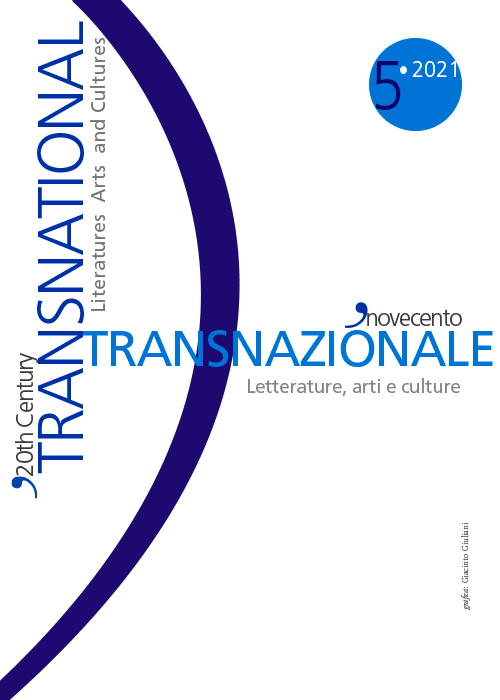Beyond the boundaries of time and space. A comparative analysis of the translation and reception of D'Annunzio's Phaedre in France
DOI:
https://doi.org/10.13133/2532-1994/17082Abstract
When Phaedre was presented at the Opéra de Paris in 1923 translated by André Doderet, D’Annunzio was already well-known by the francophone public through George Hérelle’s translations, his famous acquaintances, and the rising of the myth of his persona. Analyzing Phaedre’s French reception, questions arise: how does D’Annunzio’s theory on translation affect his choice to have Doderet translate his pièce? Should we consider Doderet’s role that of a cultural mediator or of a poet’s alter ego? What factors, internal and external, have influenced the tragedy’s French reception? This research takes a comparative approach to investigate the poet and his placement within the French culture, the translator and his methods, and the relationship between text, translation and receiving context. This study discusses why André Doderet epitomizes D’Annunzio’s ideal translator. Furthermore, it shows the connection between the tragedy’s reception, D’Annunzio’s acknowledgement as a symbol of “Rinascimento Latino” and the presence of Racine’s Phèdre in the French cultural memory. These findings reveal that D’Annunzio’s attempt to overcome «l’errore del tempo» comes with the intention of crossing national linguistic and cultural barriers as well: therefore, it is also possible to highlight the implications of the translation and circulation of D’Annunzio’s theatre in France.
Downloads
Published
How to Cite
Issue
Section
License
Copyright (c) 2021 Transnational 20th Century. Literatures, Arts and Cultures

This work is licensed under a Creative Commons Attribution 3.0 Unported License.

Except where otherwise noted, the content of this site is licensed under a Creative Commons Attribution 3.0 Unported License.


